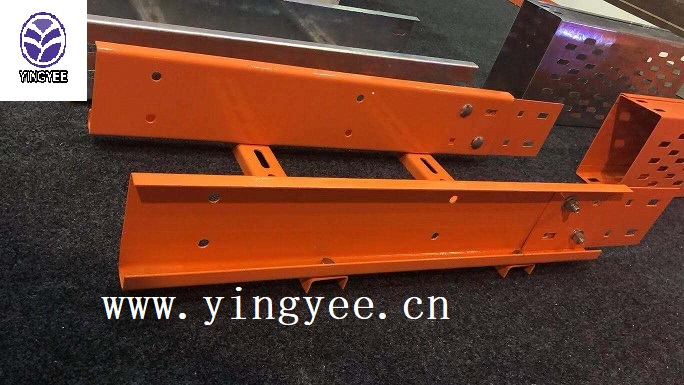
The Straight Seam Tube Rolling Mill An Overview
The straight seam tube rolling mill is a highly specialized piece of equipment used in the manufacture of longitudinally welded tubes. Employing advanced technology, these mills produce various types of metal tubes that find applications across numerous industries, including construction, automotive, aviation, and more. Understanding the functionality, advantages, and innovations surrounding straight seam tube rolling mills is essential to appreciate their role in modern manufacturing.
Functionality of Straight Seam Tube Rolling Mills
The primary goal of a straight seam tube rolling mill is to convert flat metal sheets into cylindrical tubes. This process begins with the preparation of the steel strip, which is typically cut to specific dimensions. The strip is then fed into the rolling mill, where it undergoes several stages of forming.
The rolling mill consists of a series of rollers that progressively bend and shape the metal strip. As the strip passes through the rollers, it is gradually formed into a cylindrical shape. For straight seam tubes, the edges of the metal strip are aligned and brought together. The final step in the process is welding the edges, which can be achieved through various methods, including high-frequency welding or laser welding. The result is a strong, continuous tube that maintains uniformity in size and thickness, making it ideal for numerous applications.
Advantages of Straight Seam Tube Rolling Mills
One of the major advantages of using straight seam tube rolling mills is their efficiency. The continuous production process minimizes downtime and maximizes output. As the tubes are produced, they can be cut to desired lengths, allowing for custom orders without significant delays. This ability to adapt to specific customer needs enhances the competitive edge of manufacturers in the marketplace.

Moreover, the quality of the tubes produced is consistently high. The controlled conditions within the rolling mill ensure that the tubes have uniform wall thickness and structural integrity. This is particularly important in industries that require reliable and durable products, such as oil and gas, where tubes must withstand extreme pressure conditions.
Additionally, straight seam tube rolling mills are capable of processing various materials, including carbon steel, stainless steel, and alloys. This versatility enables manufacturers to meet a broad spectrum of market demands and expand their product offerings.
Innovations in Straight Seam Tube Rolling Technology
As technology continues to advance, so does the design and functionality of straight seam tube rolling mills. Automation is becoming increasingly prevalent, with computer numerical control (CNC) systems used to optimize the production process and improve precision. These systems allow for real-time monitoring and adjustments, enhancing the overall efficiency of the mill.
Another innovation is the integration of predictive maintenance technologies. By utilizing data analytics and Internet of Things (IoT) devices, manufacturers can anticipate maintenance needs, reducing unplanned downtime and prolonging the life of the equipment. This proactive approach not only saves costs but also ensures consistent production quality.
In conclusion, straight seam tube rolling mills represent a crucial component of modern manufacturing. Their ability to efficiently produce high-quality tubes from various materials positions them as indispensable tools across multiple industries. As innovations continue to enhance these mills, manufacturers are better equipped to meet the ever-evolving demands of the market, contributing to the advancement of engineering and construction projects worldwide.